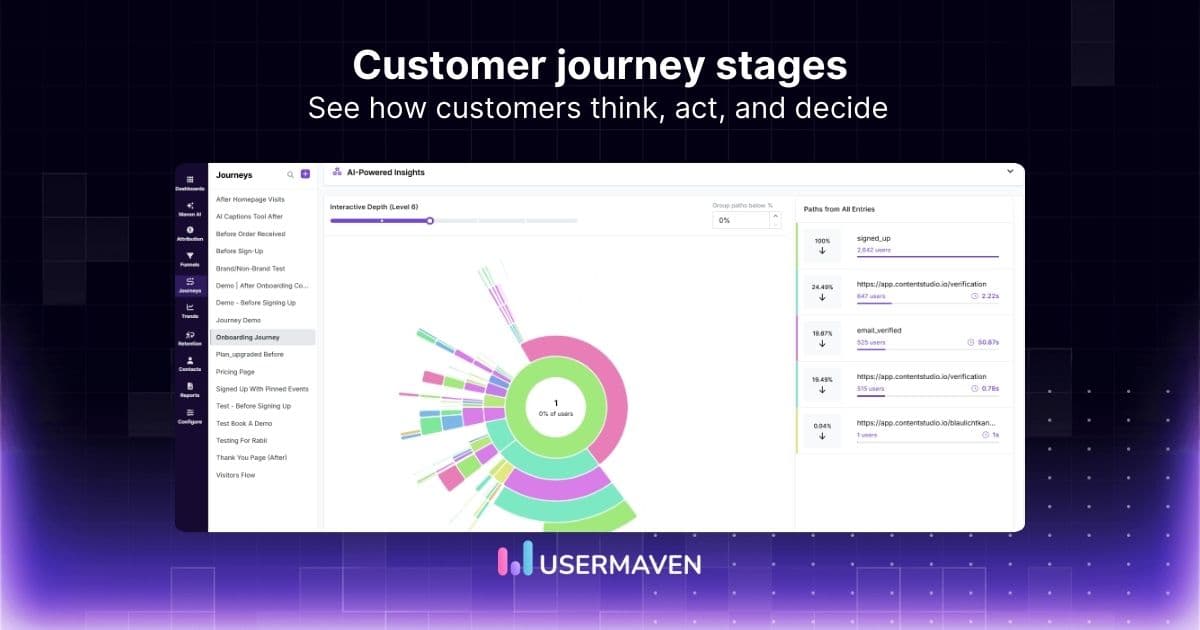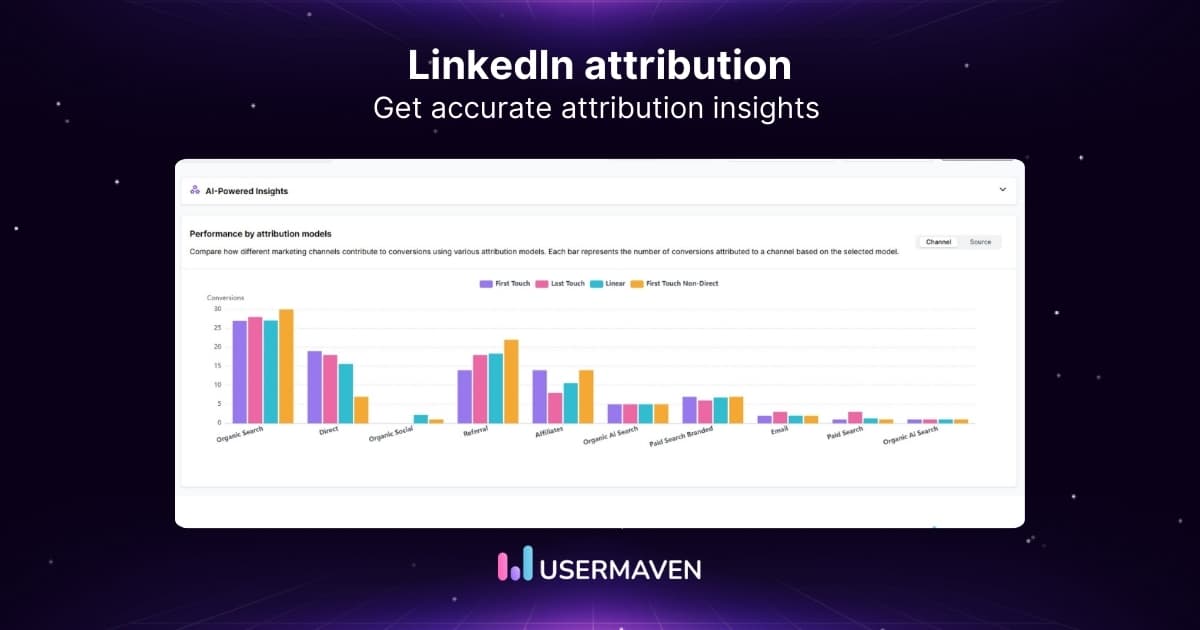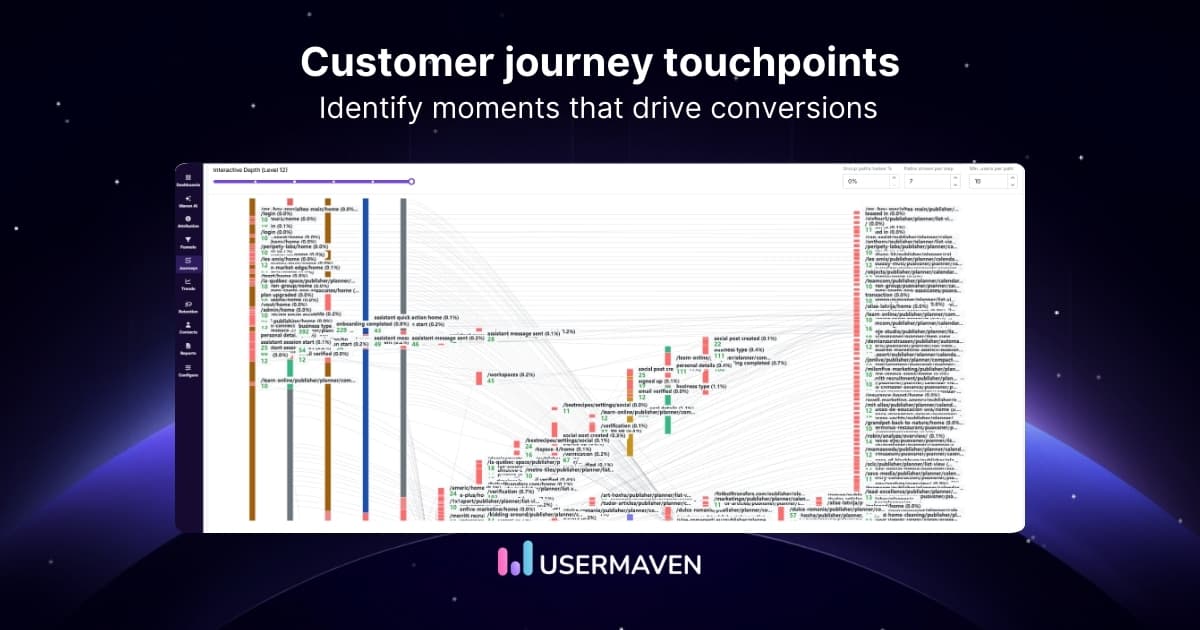Table of contents
Hidden data risks in remote SaaS teams and how to fix them
Oct 20, 2025
4 mins read
Written by Usermaven

Remote SaaS operations have exploded, with 87% of software companies now employing distributed teams across multiple continents. Yet beneath this transformation lurks a security nightmare most executives don’t see coming.
The average SaaS company experiences 4.2 data incidents annually, costing $3.9 million per breach. These aren’t just statistics; they’re warning signals that traditional security approaches fail catastrophically when applied to distributed workforce models.
The invisible attack surface
Every remote employee introduces multiple potential security vulnerabilities. For example, developers might access production databases from coffee shops. Customer success teams could handle sensitive data on personal devices, while contractors may share credentials through unsecured channels.
The attack surface isn’t just expanding; it’s fragmenting across jurisdictions, networks, and devices. When your engineering team spans twelve time zones, maintaining consistent security protocols becomes exponentially complex.
Traditional perimeter security dissolves when there’s no perimeter to defend. Firewalls protect office networks, but what happens when your CFO reviews financial reports from their home WiFi? Or when developers push code through public networks at co-working spaces? This is why it is also necessary to have proper code security tools and techniques in place to safeguard data and prevent vulnerabilities.
Shadow IT’s explosive growth
Remote work has triggered an unprecedented surge in unauthorized tool adoption. Employees now utilize an average of 11 cloud applications without IT approval, creating blind spots that attackers exploit ruthlessly.
Marketing teams share campaign assets through personal Dropbox accounts. Sales representatives store customer data in unauthorized CRM tools. Engineers spin up test environments on personal cloud accounts, bypassing corporate governance entirely. Each unauthorized application introduces compliance violations, data leakage risks, and potential backdoors into core systems.
The proliferation accelerates because remote workers prioritize productivity over protocol. When official tools prove cumbersome, teams naturally gravitate toward consumer-grade alternatives. A secure vpn service becomes essential infrastructure, not an optional enhancement, when employees consistently bypass approved channels.
Authentication chaos at scale
Password management transforms into organizational chaos when scaled across distributed teams. Remote employees juggle 191 passwords on average, leading to catastrophic security practices such as credential reuse, weak passwords, and shared logins.
Multi-factor authentication adoption remains shockingly low at 31% for SaaS companies. Even organizations implementing MFA often exclude contractors, temporary staff, or legacy systems. These gaps create perfect entry points for sophisticated attacks targeting the weakest authentication links.
Session management compounds these vulnerabilities. Remote workers rarely log out correctly, leaving active sessions exposed on shared or compromised devices. Cookie hijacking, session fixation, and replay attacks succeed because organizations lack visibility into active user sessions across distributed endpoints.
Compliance nightmares multiply
Geographic distribution creates regulatory minefields that few SaaS companies navigate successfully. GDPR, CCPA, HIPAA, and emerging privacy laws interact unpredictably when data crosses borders through remote access patterns.
Consider this scenario: A developer in Poland accesses customer data stored in US servers while troubleshooting for a client in Singapore. Which privacy regulations apply? How do you demonstrate compliance when data flows through three jurisdictions in milliseconds? According to Techradar, 73% of companies struggle with cross-border compliance in remote settings.
Data residency requirements clash with remote work realities. European customers demand local data storage, but your support team operates from India. Compliance audits become exponentially complex when access logs span continents and time zones.
The insider threat evolution
Remote work has fundamentally altered insider threat dynamics. Physical security controls evaporate when employees work from home, making data exfiltration trivially easy.
Disgruntled employees can screenshot databases, photograph screens, or simply walk away with company devices. Detection becomes nearly impossible without sophisticated monitoring that most organizations consider too invasive. The balance between security and privacy tilts dangerously when monitoring remote workers.
Accidental insider threats multiply through environmental factors. Family members accessing work computers, conversations overheard in public spaces, and screens visible during video calls all contribute to unintentional data exposure. Research from Kaspersky reveals that 42% of data breaches involve unintentional insider actions in remote settings.
Infrastructure vulnerabilities compound
Home networks weren’t designed for enterprise security. Router vulnerabilities, unpatched firmware, and weak encryption expose corporate data to neighborhood-level attacks.
ISP-provided equipment often contains known vulnerabilities that remain unpatched for years. Smart home devices share networks with work computers, creating opportunities for lateral movement for attackers. Ring doorbells, smart TVs, and IoT devices become backdoors into corporate systems through compromised home networks.
VPN infrastructure struggles under the load of entire workforces connecting simultaneously. Performance degradation leads employees to bypass VPNs entirely, exposing sensitive traffic to interception. Split-tunneling configurations meant to improve performance often exclude critical applications from protection.
Building resilient security architecture
Zero-trust architecture represents the only viable security model for distributed SaaS teams. Assume breach, verify everything, and trust nothing; these principles must guide every architectural decision.
Implement continuous verification rather than point-in-time authentication. Every request, regardless of source or previous verification, requires fresh validation. Context-aware access controls evaluate device health, location, behavior patterns, and risk scores before granting permissions.
Microsegmentation isolates critical resources from general access. Production databases, financial systems, and customer data require additional authentication layers even for authorized users. Lateral movement becomes impossible when every resource exists in its own security boundary.
Technical solutions that scale
Cloud Access Security Brokers (CASBs) provide visibility into shadow IT while enabling sanctioned cloud adoption. These platforms discover unauthorized applications, enforce data loss prevention policies, and maintain compliance across distributed access patterns.
Privileged Access Management (PAM) solutions eliminate standing privileges that attackers exploit. Just-in-time access grants temporary permissions for specific tasks, automatically revoking access upon completion. Session recording and keystroke logging create audit trails for forensic analysis without violating privacy expectations.
Endpoint Detection and Response (EDR) platforms extend visibility to remote devices. Behavioral analytics identify anomalous activities indicating compromise, while automated response capabilities contain threats before lateral movement occurs. Forbes reports that organizations with mature EDR implementations reduce breach costs by 67%.
Grow smarter with privacy-first analytics
*No credit card required
Creating a sustainable security culture
Technology alone cannot secure distributed teams; culture change proves equally critical. Security awareness training must evolve beyond annual compliance checkboxes to continuous education integrated into daily workflows.
Gamification transforms security from a burden to engagement. Leaderboards for phishing resistance, rewards for vulnerability reporting, and team competitions for security achievements create positive reinforcement. Employees become security advocates rather than reluctant participants.
Incident response planning must account for distributed team dynamics. Communication protocols, escalation procedures, and recovery processes require modification for remote scenarios. Regular tabletop exercises testing remote-specific scenarios identify gaps before real incidents occur.
The path forward

Remote SaaS operations aren’t reverting to office-centric models. As teams become more distributed, security challenges will intensify, with regulations multiplying and attacks becoming more sophisticated. Organizations must embrace fundamental architectural changes rather than retrofitting office-designed security onto remote operations. Zero-trust principles, continuous verification, and behavior-based security represent the minimum viable approach.
To strengthen security, it’s essential to invest in infrastructure, training, and culture that evolve alongside the shift to remote work. Tools like Usermaven, which prioritize privacy-focused analytics, can help organizations protect sensitive customer data while providing valuable insights. Such tools can support secure, scalable growth without compromising on privacy, ensuring that remote operations are not only efficient but secure.
FAQs
1. What are the most common data risks in remote SaaS teams?
The most common data risks include unsecured access points, unauthorized tool adoption (shadow IT), weak password practices, and vulnerabilities in personal devices or home networks.
2. What is shadow IT, and why is it a security risk?
Shadow IT refers to employees using unauthorized applications or tools that bypass IT approval. It’s a security risk because it can lead to data leakage, compliance violations, and untracked access to sensitive information.
3. How can behavioral analytics help identify data risks in remote teams?
Behavioral analytics can detect abnormal patterns in employee behavior, such as unusual access times or unauthorized actions, which may indicate potential data breaches or security threats.
4. How can Usermaven help protect sensitive data for remote SaaS teams?
Usermaven can help remote teams by providing privacy-focused analytics that protect sensitive customer data while offering insights into product usage. With its secure, compliant tools, Usermaven ensures that teams can scale efficiently without compromising on security and privacy.
Try for free
Grow your business faster with:
- AI-powered analytics & attribution
- No-code event tracking
- Privacy-friendly setup


